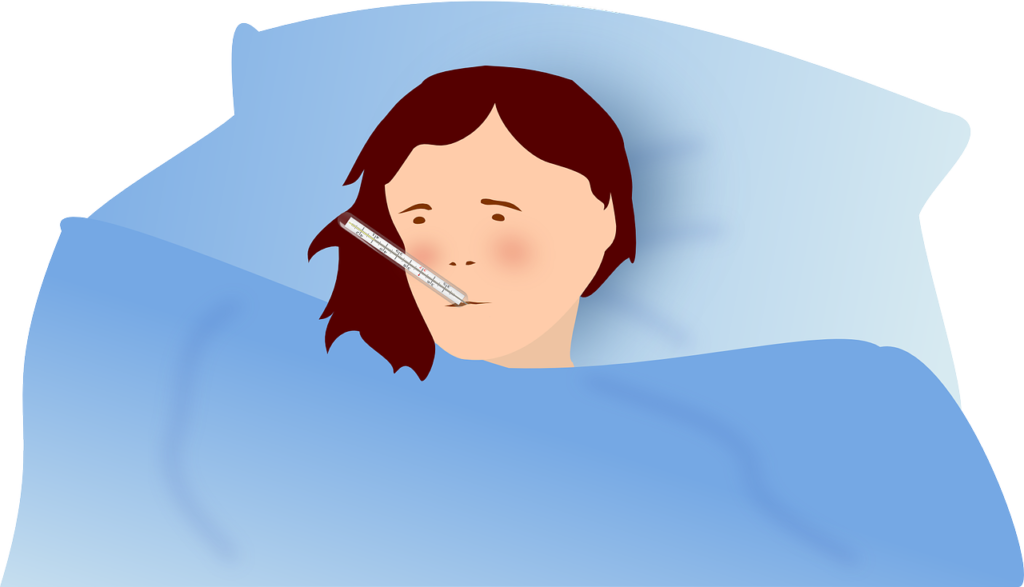
Meredith Li-Vollmer, Public Health – Seattle & King County
Most people who get the flu don’t require medical care and will get better by staying home, getting plenty of rest, and drinking lots of fluids. Anyone with the flu should also avoid contact with other people. But some cases of flu need to be treated by a medical provider.
When should you seek medical attention for flu symptoms and when can you take care of it on your own?
High risk groups for flu
Some people are more susceptible to serious illness and hospitalization if they get flu. It’s especially important for people in these groups to contact or see a healthcare provider right away if they develop any symptoms of flu, such as fever, sore throat, muscle aches, and coughing (see a full list of flu symptoms). These higher risk groups include:
- People 65 years and older
- Children under age five years
- People with diabetes, asthma, heart disease, extreme obesity, weakened immune systems or other chronic medical conditions
- People living in long term care facilities
- American Indians and Alaskan Natives
- Pregnant people
- See the entire list on the CDC’s webpage
If you are in a high-risk group and have flu symptoms, talk to your healthcare provider as soon as possible about antiviral medications. Antiviral medications taken within a day or two after the flu symptoms start can help people at higher risk avoid complications, including pneumonia, hospitalization, and death.
If you are pregnant and have flu symptoms, seek immediate medical care (don’t wait for a scheduled appointment).
If you’re not in a high risk group
If you have no underlying chronic health conditions and are not among the high-risk groups, you can usually treat yourself or your child at home by getting plenty of rest, drinking lots of fluids and avoiding contact with other people. If you are experiencing symptoms that are severe or concerning, contact your healthcare provider.
When to call 9-1-1 or go to an emergency room
It’s possible, though uncommon, for anyone to have severe flu illness that requires emergency medical treatment. The Centers for Disease Control and Prevention (CDC) recommends that you call 9-1-1 or go to an emergency room for any of these warning signs:
In Children
- Fast breathing or trouble breathing
- Bluish or gray skin color
- Ribs pulling in with each breath
- Chest pain
- Severe muscle pain (child refuses to walk)
- Dehydration (no urine for 8 hours, dry mouth, no tears when crying)
- Not alert or interacting when awake
- Seizures
- Fever above 104°F
- In babies less than 12 weeks, any fever
- Fever or cough that improve but then return or worsen
- Worsening of chronic medical conditions
In Adults
- Difficulty breathing or shortness of breath
- Persistent pain or pressure in the chest or abdomen
- Persistent dizziness, confusion, inability to arouse
- Seizures
- Not urinating
- Severe muscle pain
- Severe weakness or unsteadiness
- Fever or cough that improves but then returns or worsens
- Worsening of chronic medical conditions
For more information about what to do if you have flu symptoms, visit the CDC’s webpage.


